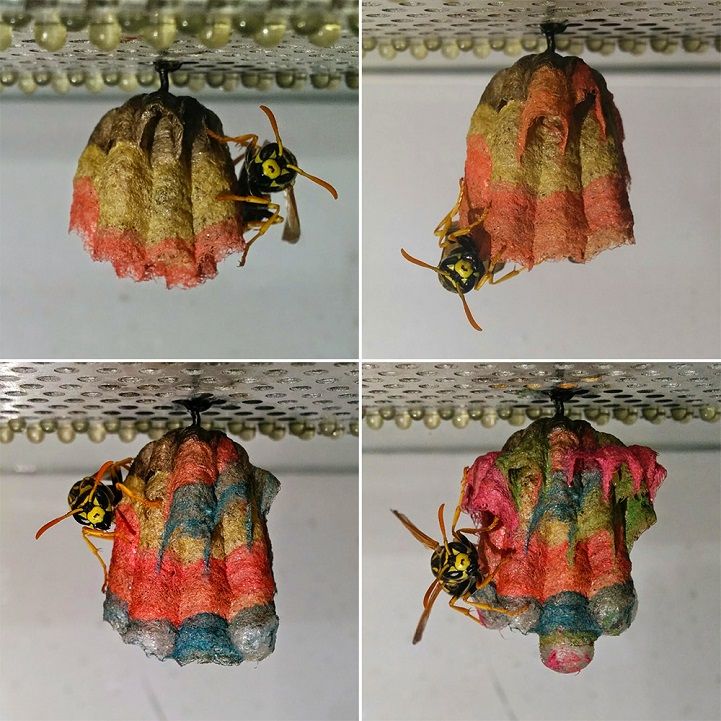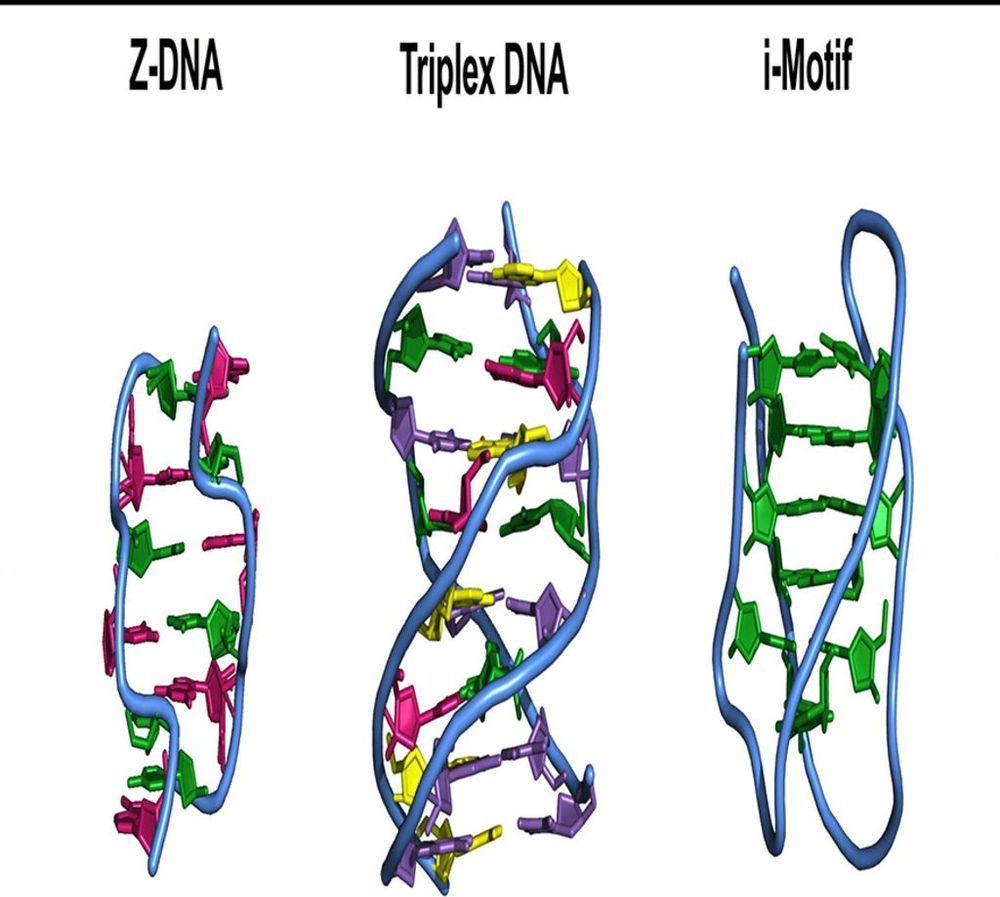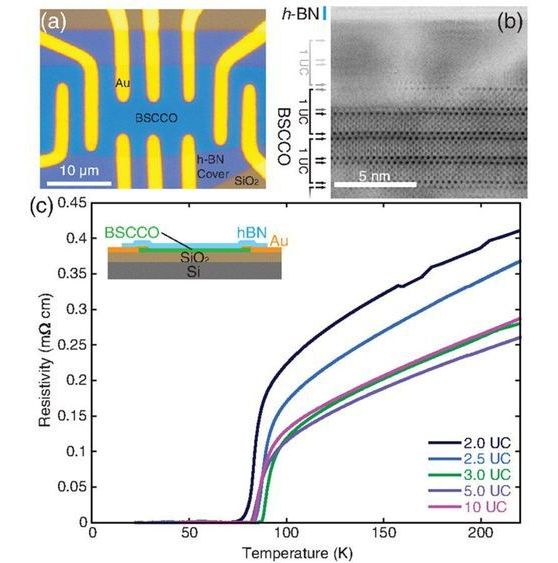Jun 28, 2019
At 100 years old, the world’s oldest billionaire still goes to the office every day
Posted by Franco Cortese in category: life extension
At 100 years old, the world’s oldest billionaire would be forgiven for taking it easy and enjoying the riches of his eight-decade career.
But for Chang Yun Chung, founder of Pacific International Lines (PIL), staying at home isn’t an option. Despite handing over the role of executive chairman to his son, Teo Siong Seng, earlier this year, the centenarian Singaporean insists on going into the office every day.
“It’s my habit,” Chang told CNBC in a recent episode of “Managing Asia.”

















